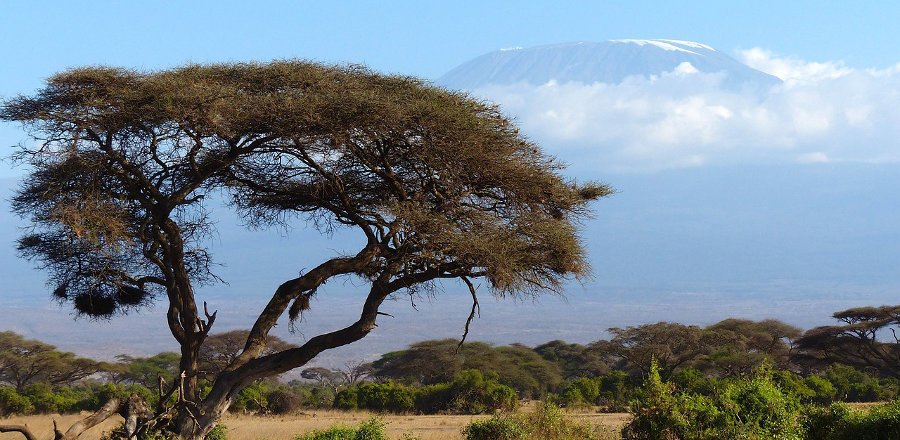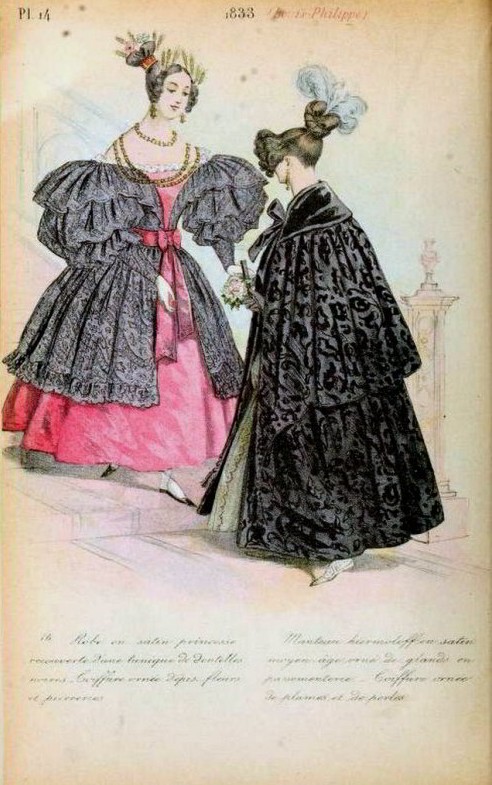
Sometimes I think that I am chasing a ghost, a very specific ghost: the Condesa de Merlin (aka La Belle Créole). Throughout my biographical journey, I could always be sure to spy a shared experience, location or event when looking into her life. Of course my own reality was never as exciting or unusual as hers, but occasionally, I felt an indelible bond with my subject.
Once again, it seems, La Belle Créole’s spirit is just ahead of me. This past year, two friends and I took up a personal goal to climb Kilimanjaro, the highest mountain in Africa (nearly 6,000 m or 20,000 ft), and the highest freestanding mountain in the world. While this is very much an individual challenge, I’ve decided to use this exceptional experience to fundraise for two charities close to my heart and my family. The Chronic Granulomatous Disorder Society (CGD Society) supported us through my son’s diagnosis and bone marrow transplant just over ten years ago, while the Genetic Disorders UK (GDUK) and their Jeans for Genes campaign helps both the CGD charity and many other genetic disorder charities. I am a trustee of both – so I know how important they are to countless families, and how much they need funds.
So what does Kilimanjaro, and fundraising have to do with Mercedes? No, she didn’t travel to Africa or climb a huge mountain (although she did rather dramatically cross the Pyrenees to get to France). However, if you have read La Belle Créole, then you might have a clue to what I am alluding to. For the rest, here is the answer: throughout her life, Mercedes dedicated enormous time and effort towards philanthropy. She was passionate about charitable causes and never seemed to turn down an appeal from anyone she knew or encountered. As a fashionable lady, she was fully involved in Parisian society’s charitable world, although she took that commitment to new levels. Lacking a large fortune, she used her other resources to help those in need: her musical talent, salon and extensive connections. She was instrumental in launching the idea of the benefit concert – something most would believe a modern phenomena. These large, public events were absolutely revolutionary in her day, since well-born society figures would never perform in public, let alone with professionals. Mercedes led the way, organizing one of the earliest concerts in Geneva in 1825.
In Paris, more of these concerts soon followed. Some of the largest events benefitted causes as varied as Greek independence from the Turks, Polish refugees, workers in Lyon and Martinique earthquake victims. Mercedes also lent her support to charity balls, as well as many smaller concerts in churches. Mercedes held raffles and intimate salon evenings to help musical artists fallen on hard time. For one such event, Mercedes inquired the price to hire eight musicians from Strauss’s orchestra, and the reply arrived from Monsieur Strauss himself: “tell Madame la Comtesse that I place myself and my whole orchestra at her disposal, at no cost.”

(CC BY-SA 2.0) Flickr photo by CharmaineZoe
How were these fundraising events organized? As with the publishing world of the day, the surprising answer is that it worked not much differently from today. After a crisis or a cause was identified, a benefit committee would be established to direct the event and sell tickets. Invariably, the committee would include well-connected or socially-ambitious people. Short news items in the press would invite members of the public to request tickets from the committee members, whose names and home addresses would be listed. As ever, lots of aristocratic titles and recognized names added caché. Meanwhile, the individual members would also discreetly (or not so discreetly) solicit their own friends for sales or donations. Mercedes often wrote little notes gracefully reminding friends that they had promised to buy a ticket for her worthy cause. These little missives, penned on her pale blue or pink crested notepaper, invariably did the trick.
Mercedes would also call on her artistic contacts to lend their talent and celebrity to these concerts, along with the gifted amateurs. Venues were sought, decorations provided, and of course the press created a buzz. Articles often appeared claiming that famous singers or musician were clamoring to participate – perhaps moved by the free publicity, if not the actual cause. Needless to say, the more high profile the concert, the more glamorous the performers, the greater the demand for tickets! These concerts and balls became a regular feature of the social calendar. Indeed, the audience often focused as much on their dress and jewels as on the cause. Many attended these events to see and be seen – think the annual Met Ball! One journal estimated that society had spent some 80,000 francs on their evening’s toilette to raise 30,000 francs for charity. Another wrote, tongue in cheek, that another earthquake might be worth it, if it resulted in the opportunity to hear such a celebrated line up.
Mercedes’ dedication to helping friends or strangers, continued until the end of her life. Even when she was in financial difficulties, she still found funds to lend to others – especially artists or writers. After Mercedes’ death in 1852, her family was astonished to find that the writer/journalist Alphonse Karr owed her significant sums. Today, Karr is best known for the phrase plus ça change, plus c’est la même chose. How appropriate – things really haven’t changed that much since La Belle Créole’s day. Well, perhaps they didn’t attempt crazy challenges like Kilimanjaro!
For more information on my Kilimanjaro adventures and the charities CGD Society and GDUK, see my JustGiving team page: Alina and friends climb Kilimanjaro